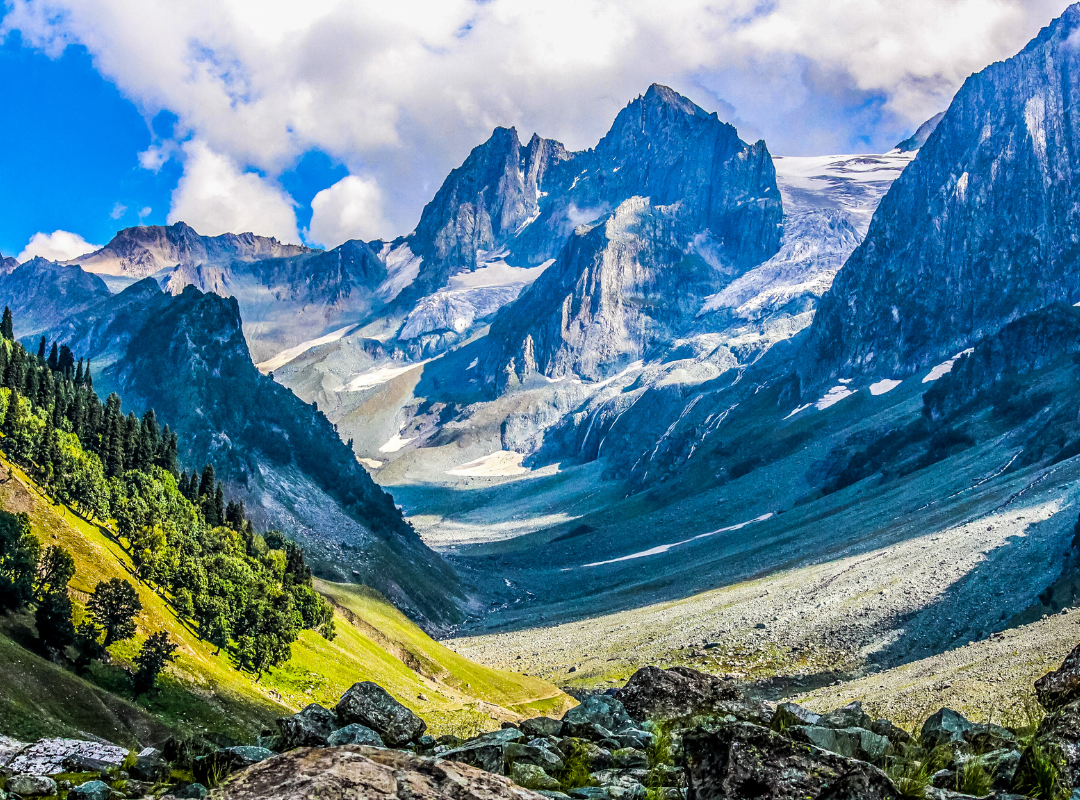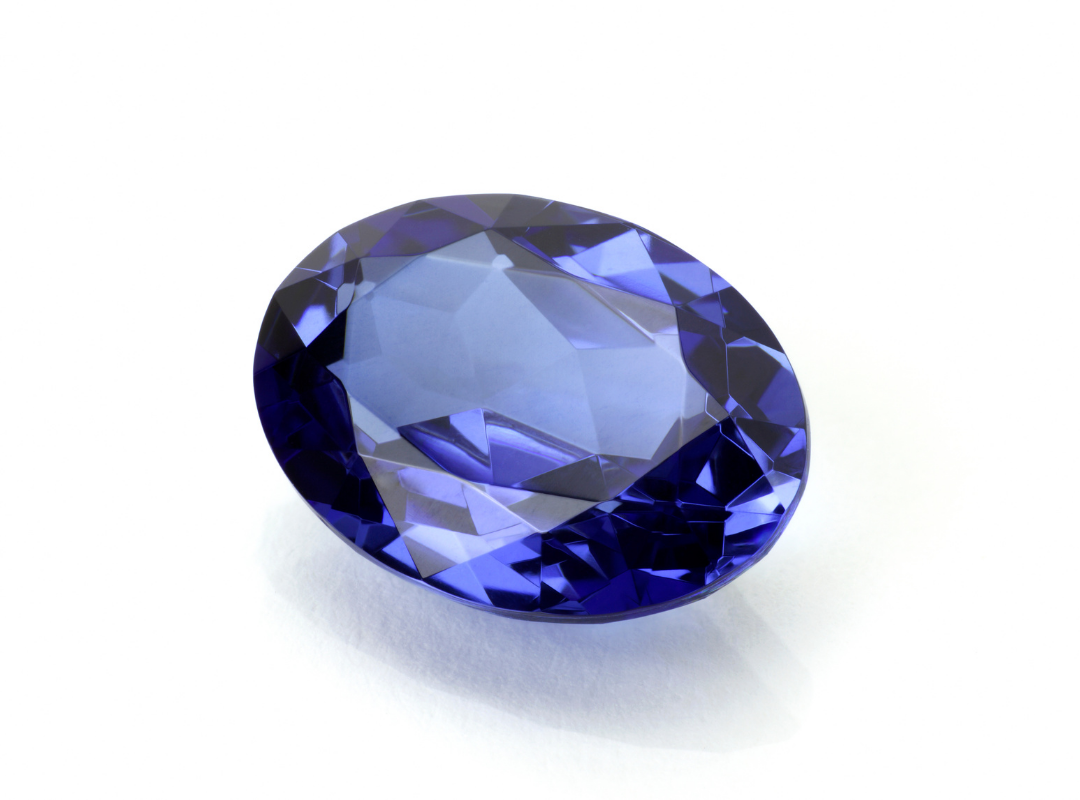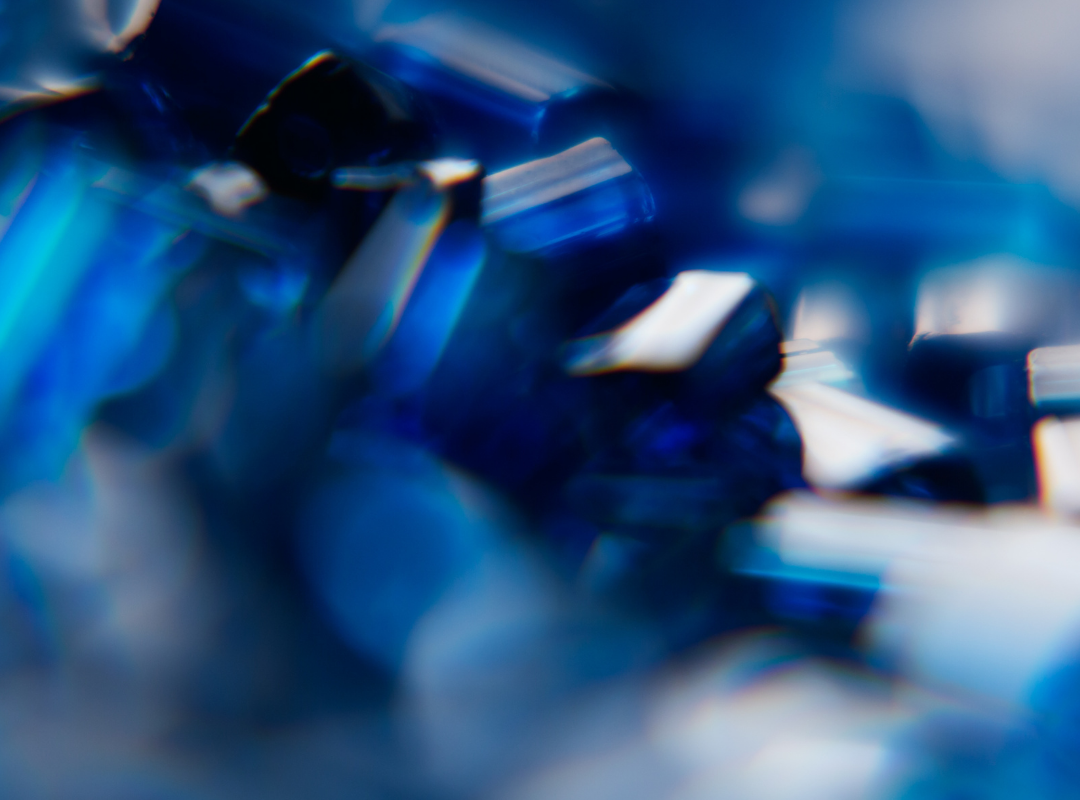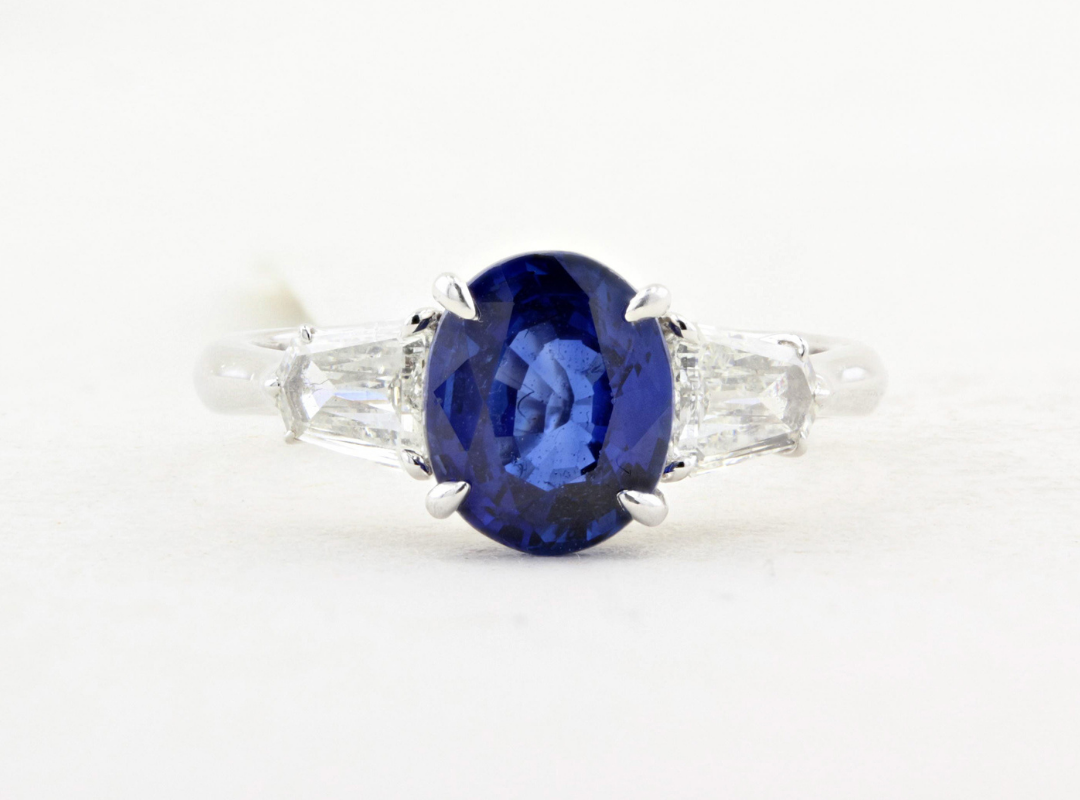The Ultimate Guide to Kashmir Sapphires
Kashmir sapphires are regarded as some of the most beautiful and valuable gemstones in the world. They embody a rare combination of geological wonder, aesthetic beauty, and historical romance. Their unmistakable velvety glow continue to captivate collectors around the world.

Historical Background
Discovery: Kashmir sapphires were first discovered in the early 1880s in the Padar region of Kashmir, a remote high-altitude area nestled in the Indian Himalayas. The original mines were only accessible for a few months each year due to severe weather conditions.
Short Lived Mining Era: The most productive period lasted less than a decade, with the primary "Old Mine" yielding its finest stones between 1882 and 1887. By the early 20th century, the deposits were largely exhausted, and commercial mining ceased and have been dormant for nearly 150 years.
What Makes Kashmir Sapphires Special?
-
Colour
Kashmir sapphires are famed for their vivid, velvety "cornflower blue" hue. This unique tone results from a rare balance of trace elements like iron and titanium in the geological environment where the gems were formed.
-
Velvety Texture
A defining feature of Kashmir sapphires is their soft, almost luminous appearance, often described as a "velvety" or "milky" glow. This is caused by fine inclusions of rutile silk that scatter light subtly across the stone, unique to Kashmir provenance
-
Rarity
The original mines were exhausted within a few years of discovery, and no new significant sources of comparable quality have been found since. Today, most Kashmir sapphires come from antique pieces or private collections, adding to their exclusivity and appeal.
-
Size
Most Kashmir sapphires are relatively small, often under two carats. Larger examples are exceedingly rare, and only a very limited number of stones over five carats have ever been mined. Stones exceeding ten carats are almost unheard of, making them some of the rarest gemstones in existence

Are Kashmir Sapphires Rare?
Yes—exceptionally so. The limited timeframe of active mining makes Kashmir sapphires among the rarest gemstones available, particularly in larger sizes with top-tier colour and clarity.

Grading Kashmir Sapphires
Colour: The most desirable Kashmir sapphires display a rich, velvety cornflower blue, with subtle violet undertone.
Clarity: Silk inclusions are not only common but also key in a Kashmir stone. High-quality Kashmir sapphires often appear soft and glowing rather than visibly included, thanks to their unique internal structure.
Cut: Stones are typically cut to maximise colour and minimise weight loss. Oval and cushion cuts are the most common, although antique cuts are often preserved in older pieces.

Buying Kashmir Sapphires
Reputable Jewellers: Only buy Kashmir Sapphire from reputable sources that understand the nuances of Kashmir Sapphires
Origin Reports: n official origin report is crucial to verifying the authenticity and provenance of a Kashmir sapphire, especially given their rarity and value and should be from leading gemmological laboratories, such as GIA, SSEF, or Gübelin.
View the Sapphire: Not all Kashmir Sapphires are equal, so we would always recommend viewing Kashmir Sapphires in person before purchase
Selling a Kashmir Sapphire
-
Global Reach
The UK only market may not realise the best price for your stone, so choose a jeweller with a global client base ensures you get the best price
-
Check Reviews
Use a trustworthy company with good customer service. Checking reviews can ensure they have had positive client feedback.
-
Specialist Knowledge
Due to their rarity and subtle characteristics, Kashmir sapphires require a trained eye, so use a company familiar with their nuances and true market value.
During the late 19th and early 20th centuries, Kashmir sapphires were highly prized by European royalty and aristocracy. Iconic pieces—such as the Duchess of Windsor's engagement ring—featured these legendary gems, which remain as coveted today as they were then

